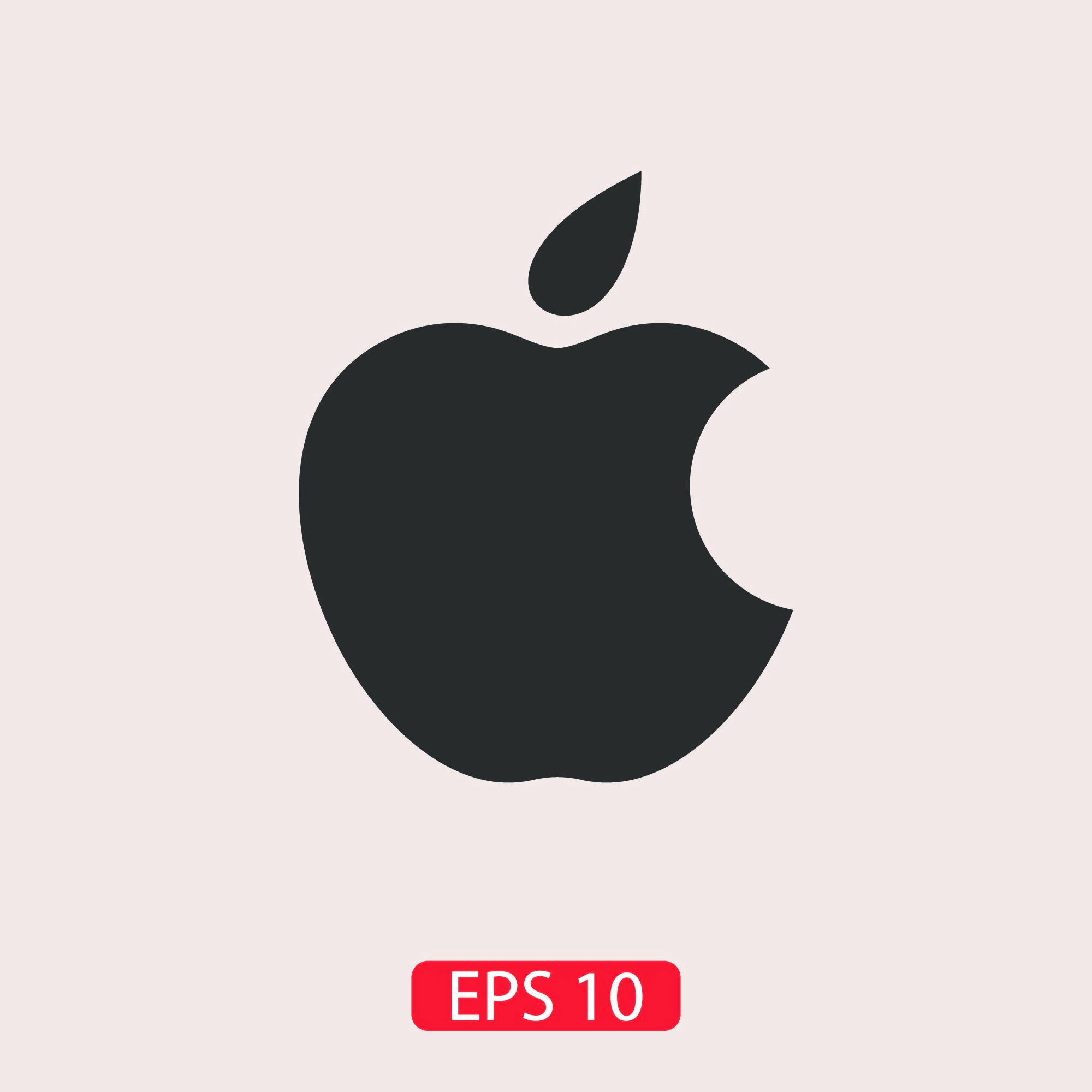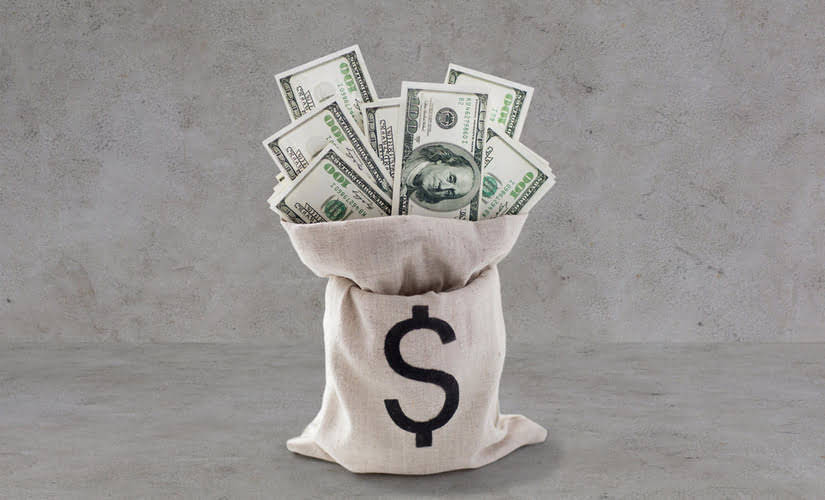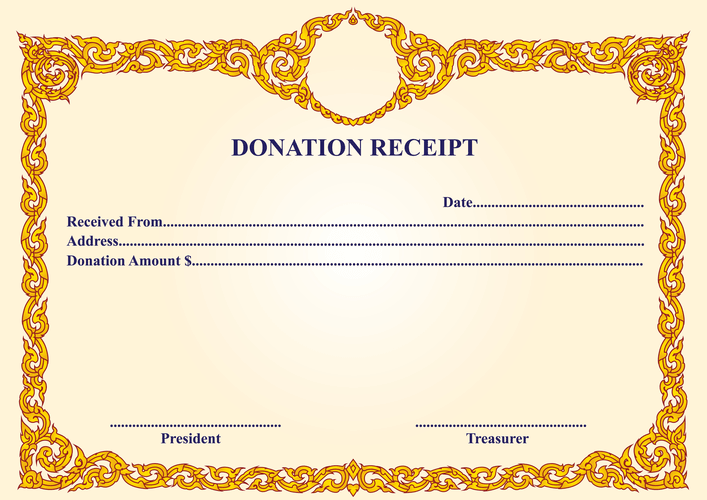Cost of Goods Sold Calculator COGS

Going back to our example, Shane purchases merchandise in January and then again in June. Using FIFO, Shane would always record the January inventory being sold before the June inventory. This information will not only help Shane plan out purchasing for the next year, it will also help him evaluate his costs. For instance, Shane can list the costs for each of his product categories and compare them with the sales. This comparison will give him the selling margin for each product, so Shane can analyze which products he is paying too much for and which products he is making the most money on.
Accounting for Cost of Goods Sold
Pausing your Shopify store can be crucial for various reasons, such as taking a break to re-strategize, dealing with inventory issues, or managing personal matters. Understanding the importance of a seamless pausing process ensures that you may seamlessly continue your operations without any major setbacks or unhappy clients. Textbook content produced by OpenStax is licensed under a Creative Commons Attribution-NonCommercial-ShareAlike cost of goods sold License . For the past 52 years, Harold Averkamp (CPA, MBA) hasworked as an accounting supervisor, manager, consultant, university instructor, and innovator in teaching accounting online. For the past 52 years, Harold Averkamp (CPA, MBA) has worked as an accounting supervisor, manager, consultant, university instructor, and innovator in teaching accounting online.
Why Pause Your Shopify Store?
This amount is then divided by the number of items the company purchased or produced during that same period. To determine the cost of goods sold, the company then multiplies the number of items sold during the period by the average cost per item. Costs of revenue exist for ongoing contract services that can include raw materials, direct labor, shipping costs, and commissions paid to sales employees. These items cannot be claimed as COGS without a physically produced product to sell, however.
- The cost of goods available for sale or inventory at the end of the second quarter will be 220 remaining candles still in inventory multiplied by $8.65, which results in $1,903.
- The resulting information will have an impact on the business tax position.
- Any money your business brings in over the cost of goods sold for a time period can be allotted to overhead costs, and whatever is leftover is your business’s profit.
- COGS represents the actual costs incurred to produce and sell goods, so it should always be a positive value or zero.
- On December 31st, 2020, the company had an inventory balance of $100,000.
- Operating expenses help establish a budget for each department and evaluate the overhead costs spent by the company.
Third example (using the extended formula)
Charlene Rhinehart is a CPA , CFE, chair of an Illinois CPA Society committee, and has a degree in accounting and finance from DePaul University. However, for the expenses that fall into the “gray area,” GAAP may not provide clear-cut rules but only guidelines by which the companies should abide. Therefore, the assets’ discount amounted to $800, and the company returned $1,800 worth of t-shirts. On December 31st, the business had 24,000 t-shirts in its inventory.
Negotiate better prices from suppliers
This figure can also calculate other accounting and financial ratios to uncover more information about the company’s financial health. Once these expenses are removed from gross profit, this will yield the company’s income before taxes. After deducting the income tax expenses, we will finally have the company’s net income. As you can see, a lot of different factors can affect the cost of goods sold definition and how it’s calculated. Management looking to improve reported company performance could incorrectly count inventory, change billing and material information, allocate overhead inappropriately and a number of other things. The periodic inventory system counts inventory at different time intervals throughout the year.

- The FIFO method assumes the first goods produced or purchased are the first sold, whereas the LIFO method assumes the most recent products produced or purchased are the first sold.
- For some companies, there are benefits to using the LIFO method for inventory costing.
- Developing your store lets you work on it without sacrificing the user experience or privacy.
- The balance sheet reflects the ending inventory, which is directly influenced by the COGS calculation.
- Its end-of-year value is subtracted from its start-of-year value to find the COGS.
Plus, your accountant will appreciate detailed records come tax time. There are other inventory costing factors that may influence your overall COGS. The CRA refers to these methods as “first in, first out” (FIFO), “last in, first out” (LIFO), and average cost. Although GAAP has narrowed its definition, it ultimately leaves the decisions concerning what expenses to include in the cost of goods sold to the accounting departments of different businesses. Using the cost of goods sold is accepted in the Generally Accepted Accounting Principles.
You also have to spend $1 per bath soap on the labor required to craft it and $1 for packaging. We follow strict ethical journalism practices, which includes presenting unbiased information and citing reliable, attributed resources. The articles and research support materials available on this site are educational and are not intended to be investment or tax advice. All such information is provided solely for convenience purposes only and all users thereof should be guided accordingly. 11 Financial is a registered investment adviser located in Lufkin, Texas.


Consistency helps businesses stay compliant with generally accepted accounting principles (GAAP). The IRS requires businesses that produce, purchase, or sell merchandise for income to calculate the cost of their inventory. Depending on the business’s size, type of business license, and inventory valuation, the IRS may require a specific inventory costing method.
- During times of inflation, FIFO tends to increase net income over time by lowering the COGS.
- When this figure is high, it will indicate that the business will not be making big profits – although it won’t pay large amounts of taxes – which can discourage its investors and shareholders.
- Calculating your cost of goods sold tells you how much it costs to create a product—so if you know your COGS, you know what price to sell your goods at to turn a profit.
- This will provide the e-commerce site with the exact cost of goods sold for its business.
- The notice indicating your shop is temporarily closed or undergoing repair will be visible to customers.
- Cost of Goods Sold (COGS) measures the “direct cost” incurred in the production of any goods or services.
Cost of goods sold and accounting treatment in two cases: periodic inventory and perpetual inventory

Learn financial statement modeling, DCF, M&A, LBO, Comps and Excel shortcuts. But of course, there are exceptions, since COGS varies depending on a company’s particular business model. If Anthony needed to repurpose the books, or was manufacturing the books in-house, he would need to include the wages of his employees responsible for creating or repurposing the books. Double Entry Bookkeeping is here to provide you with free online information to help you learn and understand bookkeeping and introductory accounting.

What is the formula for cost of goods sold?
COGS does not include general selling expenses, such as management salaries and advertising expenses. These costs will fall below the gross profit line under the selling, general and administrative (SG&A) expense section. Both the Old UK generally accepted accounting principles (GAAP) and the current Financial Reporting Standard (FRS) require COGS for Income Tax filing for most businesses.


Respuestas